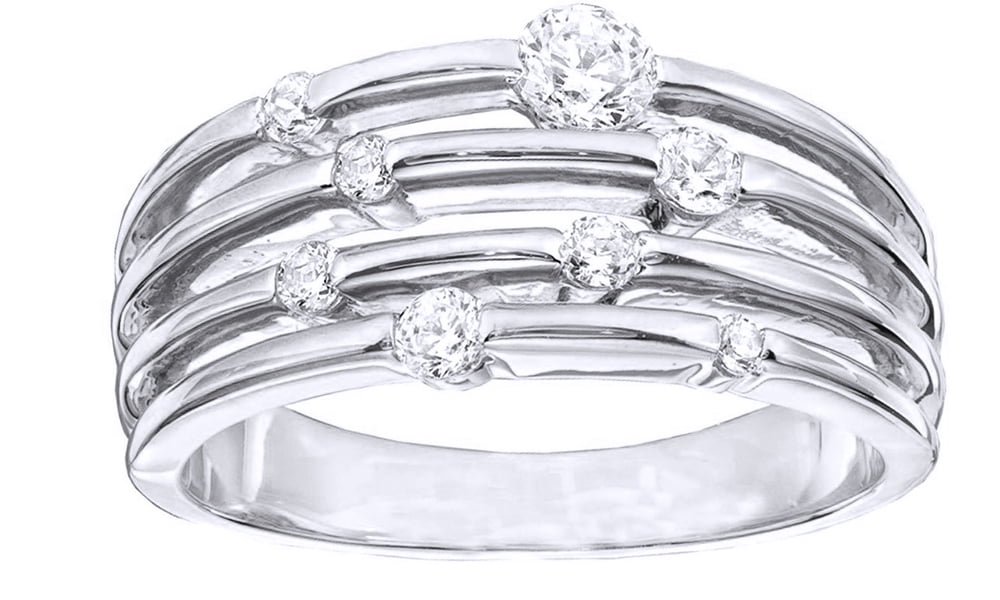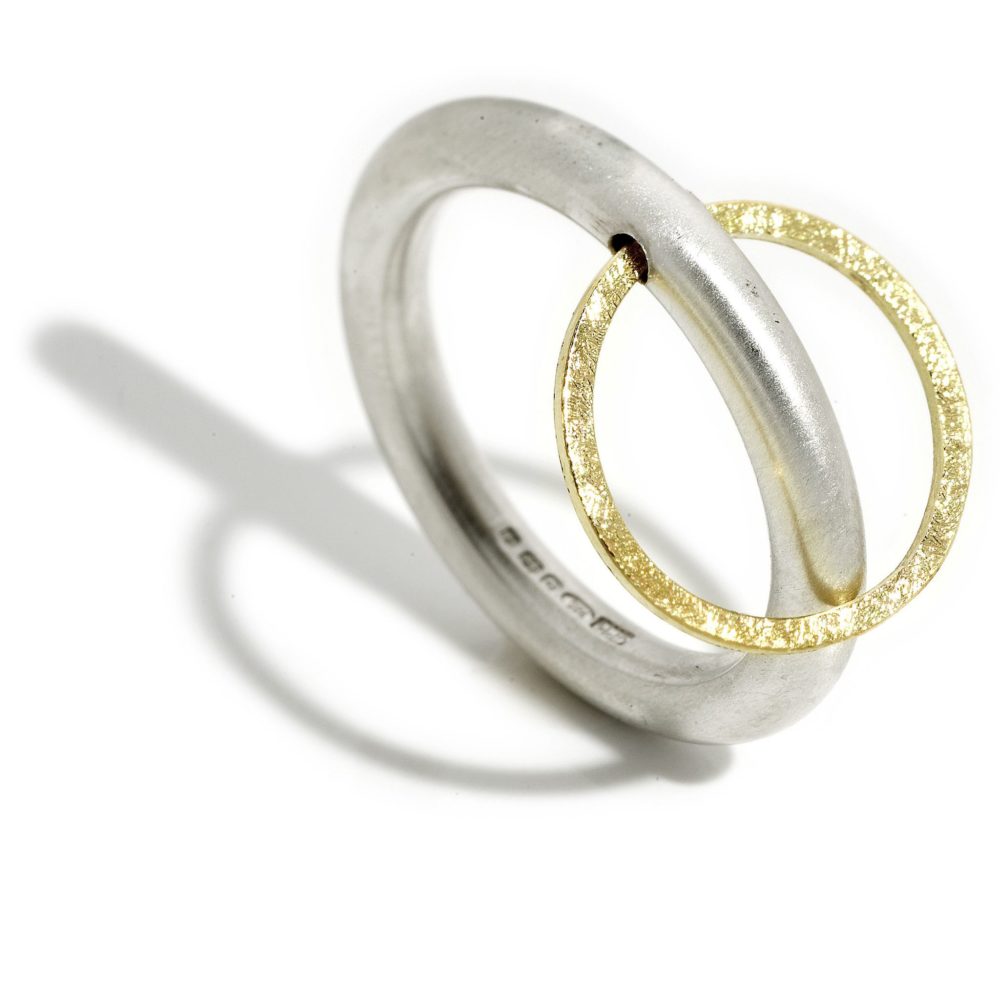
Six rings have been observed in the system, which are best described as faint and tenuous. The rings of Neptune were not discovered until 1989 until the Voyager 2 space probe conducted a flyby of the planet. Showalter/SETI Institute Neptune’s Rings: The labeled ring arcs of Neptune as seen in newly processed data. A few rings are optically thin and are made of small dust particles which makes them difficult to observe using Earth-based telescopes. The ring system consists mostly of large bodies 0.2 to 20 m in diameter. They are all very faint, the majority being opaque and only a few kilometers wide. Uranus has 13 rings that have been observed so far.

After colliding, the moons probably broke up into numerous particles, which survived as narrow and optically dense rings only in strictly confined zones of maximum stability. They are believed to have originated from the collisional fragmentation of a number of moons that once existed around the planet.

The rings of Uranus are thought to be relatively young, at not more than 600 million years old. Well beyond the main rings is the Phoebe ring, which is tilted at an angle of 27 degrees to the other rings and, like Phoebe, orbits in retrograde fashion.

However, within the Titan Ringlet and the G Ring, orbital resonance with Saturn’s moons has a stabilizing influence. In some cases, this due to Saturn’s Moons being embedded within them, which causes destabilizing orbital resonances to occur. The rings have numerous gaps where particle density drops sharply. It has the most extensive ring system of any planet in our solar system. In total, Saturn has a system of 12 rings with 2 divisions. Credit: NASA/JPL/Space Science Institute/Gordan Ugarkovic Saturn and its rings, as seen from above the planet by the Cassini spacecraft. These particles range in size from micrometers to meters that form clumps orbiting the planet, and which are composed almost entirely of water ice contaminated with dust and chemicals. Subsequent observations, which included spectroscopic studies by the late 19th century, confirmed that they are composed of smaller rings, each one made up of tiny particles orbiting Saturn. It was not until 1655 that Christiaan Huygens, the Dutch mathematician and scientist, became the first person to describe them as a disk surrounding the planet. Although Galileo Galilei became the first person to observe the rings of Saturn in 1610, he did not have a powerful enough telescope to discern their true nature. The rings of Saturn, meanwhile, have been known for centuries. Scientists believe that a ring could even exist around the moon of Himalia’s orbit, which could have been created when another small moon crashed into it and caused material to be ejected from the surface. The main and halo rings consist of dust ejected from the moons Metis, Adrastea, and other unobserved parent bodies as the result of high-velocity impacts. These outer rings are composed of material from the moons Amalthea and Thebe and are named after these moons (i.e. The ring system has four main components: a thick inner torus of particles known as the “halo ring” a relatively bright, but extremely thin “main ring” and two wide, thick, and faint outer “gossamer rings”. However, during the past twenty-three years, it has been observed from Earth numerous times, as well as by the Hubble Space Telescope.Ī schema of Jupiter’s ring system showing the four main components. Because it is composed mainly of dust, the ring system is faint and can only be observed by the most powerful telescopes, or up-close by orbital spacecraft. They were also thoroughly investigated in the 1990s by the Galileo orbiter. In was not until 1979 that the rings of Jupiter were discovered when the Voyager 1 space probe conducted a flyby of the planet. And that’s not all! In fact, ring systems may be more common than previously thought… Jupiter’s Rings: Thanks to exploration efforts mounted in the past few decades, which have seen space probes dispatched to the outer Solar System, we have come to understand that all the gas giants – Jupiter, Saturn, Uranus and Neptune – all have their own ring systems. It’s just that, unlike Saturn, their systems are less visible, and perhaps less beautiful to behold. But in fact, several other planets in our Solar System have rings. The mere mention of these two words tends to conjure up images of Saturn, with its large and colorful system of rings that form an orbiting disk.

Planetary rings are an interesting phenomena.


 0 kommentar(er)
0 kommentar(er)
